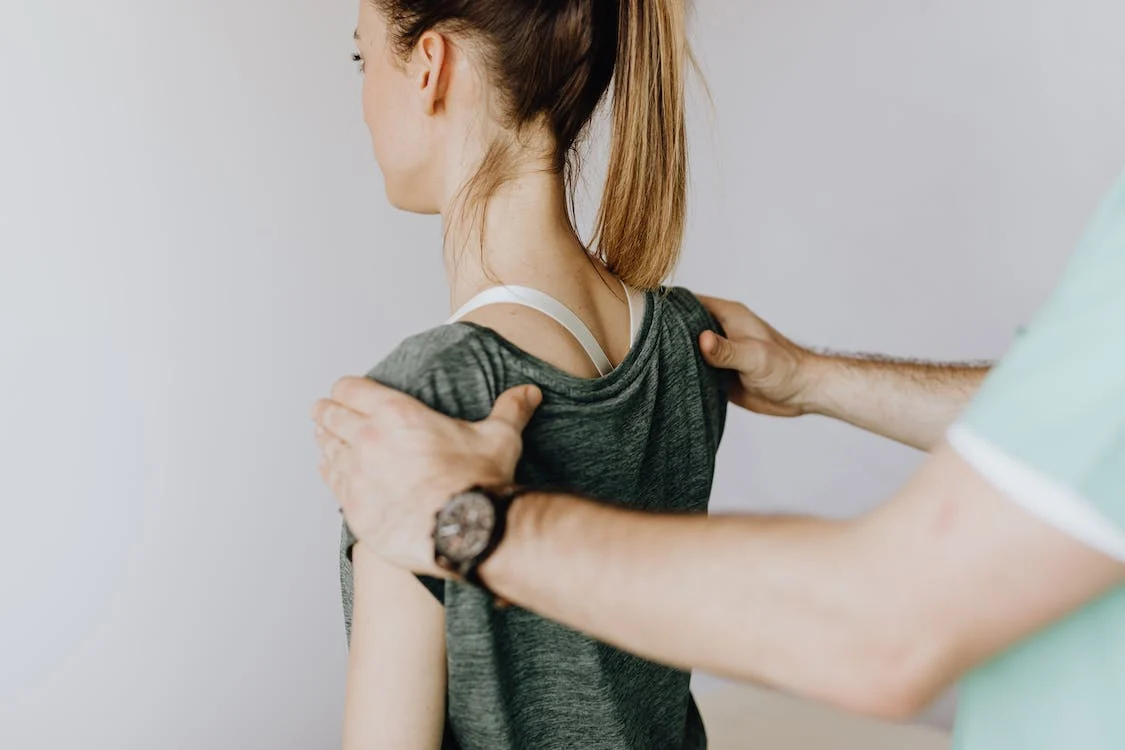On Wednesday, April 24, 2024 from 5:30pm-6:30pm, we are hosting a FREE Shoulder Pain Workshop [ Online
] - Click here for more info
April 10, 2023

The shoulder joint is one of the most complex and versatile joints in the human body, allowing for a wide range of motion and flexibility. It is comprised of several structures, including bones, several muscles, tendons, and ligaments that support and move the joint.
The shoulder joint provides maximum mobility allowing you to move it in three planes of motion: front and back (sagittal plane), side to side (frontal plane) and rotate in/out (transverse plane). The shoulder joint is a ball and socket joint and unique in that it has a relatively shallow socket compared to the size of the ball, which allows for a greater range of motion, but at the cost of stability. Think of a large golf ball sitting on a golf tee. To compensate for this, the joint is supported by several structures, including the rotator cuff muscles and ligaments that attach to the arm bone and shoulder blade.
The rotator cuff muscles work to control the movement of the shoulder joint and keep the ball inside the socket. In addition to the joint itself, several other structures are involved in shoulder movement including the bursae and the labrum. Bursae are small fluid-filled sacs that cushion and reduce friction between the bones and soft tissues of the joint. The labrum is a ring of cartilage that surrounds the glenoid fossa and provides additional stability of the joint.
Having good shoulder mobility is essential for maintaining proper posture, performing daily tasks, and participating in physical activity. Good shoulder mobility allows for a full range of motion, which is important for activities such as reaching overhead, lifting objects, and participating in sports or exercise.
Poor shoulder mobility can lead to a variety of issues, including shoulder pain, decreased range of motion, and increased risk for injury. For example, if the shoulder joint is not able to move through its full range of motion, it can place increased stress on other structures in the body, such as the neck, upper back, and rotator cuff muscles. Alternatively, having lack of motion in your upper back and even your hips can impact the function and feeling of your shoulder.
Maintaining good shoulder mobility can be achieved through a variety of exercises and stretches, such as frequent reaches overhead, crawling fingers up the wall and stretching into the end range of motion, squeezing the shoulder blades together to open up the front part of the chest, and reaching behind your low back and behind your neck can help improve mobility and prevent injury.
If you wonder if mobility is the cause of your shoulder pain, contact a New Life PT shoulder pain expert for your 1-on-1 consultation or email questions to DrMaryRose@newlifept.com